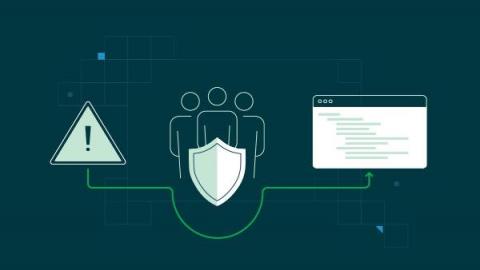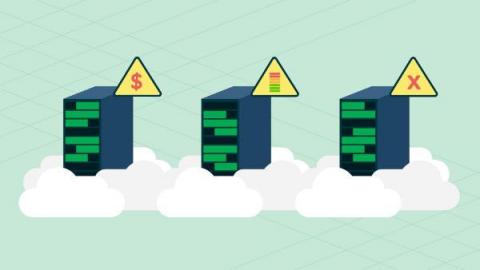The value of blameless culture - from IC to C-Suite
At CircleCI, CI has a second meaning: Continuous Improvement. We continuously seek out feedback not only to improve our code but to improve our processes and get better at our jobs along the way. This Continuous Improvement starts with one important company value: a blameless culture. Our blameless culture extends into every part of how we operate.










